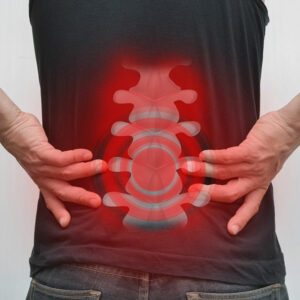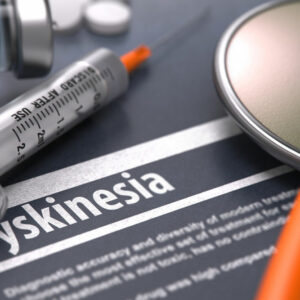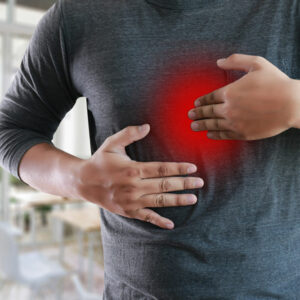
01
Type 2 Diabetes – Causes, Symptoms, and Dietary Options
Diabetes is a deadly and life-long persisting disease that impacts the way in which your body deals with glucose intake. It can be the cause of various other diseases and thus must be addressed at the initial stage. The most common type of diabetes is type 2 and it affects nearly 27 million people in the country. In this type of diabetes, the body becomes incapable to break down the sugar intake and store the glucose in the body properly, thus making it important to abide by the type 2 diabetes diet specifically designed by the physician. Although mostly found in people above the age of 40, there is an increase in the cases of type 2 diabetes among youngsters as well. Causes of type 2 diabetes Some primary causes of type 2 diabetes are as follows: Being overweight Genetic history Lack of physical activities Malfunctioning of the pancreas or liver Common symptoms of type 2 diabetes Some of the common symptoms of type 2 diabetes that should not be ignored are as follows: A perpetual feeling of being thirsty Recurrent urge to urinate Hazy vision Bad temper Difficulty in the healing of wounds Extreme and impenetrable tiredness Diet plan for type 2 diabetes – First step toward healthy living An important factor that can help you to control diabetes and keep your blood sugar level stable is following a proper diet. Therefore, while your doctor will give you oral medication, he will also specify a structured diet plan which you should not ignore at any cost. Following a healthy diet doesn’t mean that you need to sacrifice all your favorite dishes. It basically comprises a wide range of starches, fibers, fats, and proteins. The challenge in deriving the right type 2 diabetes diet lies in creating a perfect blend of foods that will provide your body with all the necessities without an excess of a certain type of food to ensure that the sugar level is in control.
Read More 










